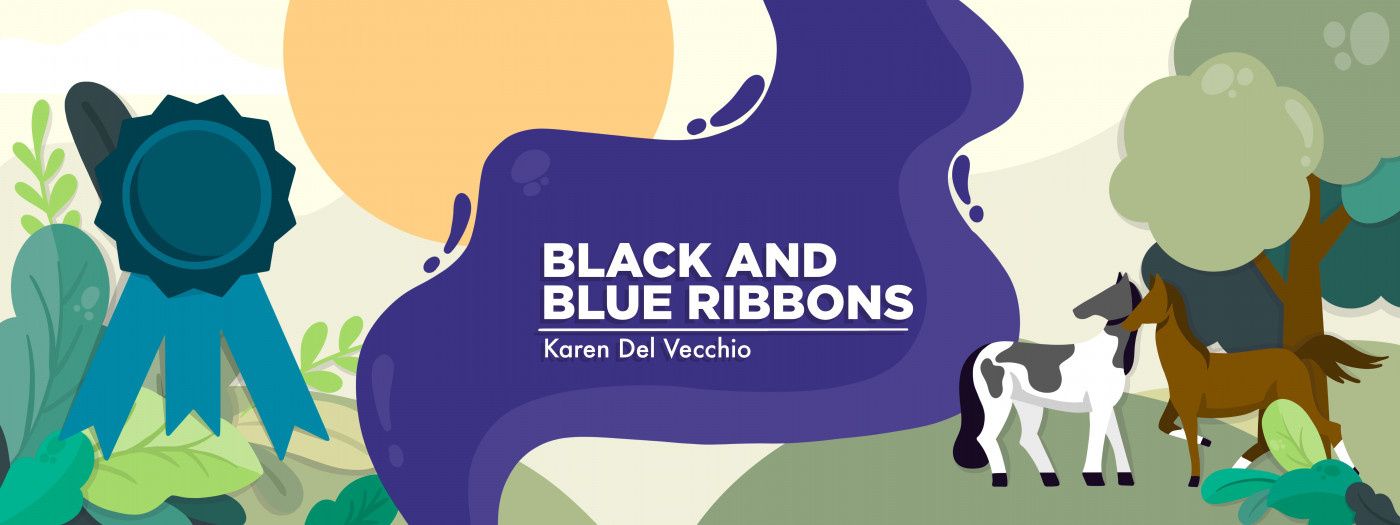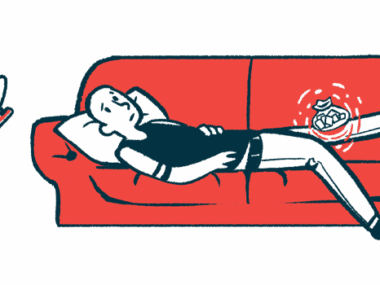Aging makes EDS feel more progressive than it is
Why pain can change as we age, even when the condition doesn't
Written by |

My last column on my Ehlers-Danlos syndrome (EDS) pain sparked many comments, and one of the most interesting discussions was about whether EDS is progressive.
I’m going to share why I say it’s not, but also why I understand those who believe it is.
When I said that EDS generally isn’t progressive, I was referring to the actual process that our bodies don’t do well: creating quality collagen. To my understanding, at least, the quality of the collagen we produce doesn’t weaken as we get older. Instead, the problem is that we never had the ability to make collagen at the same level as a typical person, not from our birth. From that perspective, EDS doesn’t get worse as we get older; our collagen has simply continued to be troubled.
When age becomes a factor
Age becomes a factor because the problems caused by poor-quality collagen can add up over time, such as an earlier onset of arthritis and joint damage that can, in turn, cause increased pain. Muscles weaken as we get older, which can make our already unstable joints even more so.
While I don’t think there’s an official diagnosis in my medical file, many physical therapists have told me I likely have arthritis in my shoulder and my knees because of years of walking incorrectly, which was caused by EDS. I suspect that, in time, general wear-and-tear arthritis related to aging will only increase, worsening my pain. In that sense, I agree that EDS could absolutely be seen as progressive as we age.
Overall, I suspect there’s no right or wrong answer about whether EDS itself is progressive, especially as it can vary by type. I can see the arguments on both sides. It’s another great example of the differences people with EDS experience. Even though we share one umbrella diagnosis, the day-to-day reality of living with EDS can vary dramatically depending on each person’s EDS type, severity, individual symptoms, and life experiences.
Despite our different perspectives and experiences, or perhaps because of them, I typically find the readers of my columns to be incredibly genuine and kind. Thank you for that! Reading your comments often makes me feel as if I have a whole community of warriors who support me every day, even though we don’t know each other.
While we may experience EDS differently, we share common ground in managing a chronic disorder that causes pain and discomfort. We can understand each other, and that helps create a supportive and uplifting EDS community.
Note: Ehlers-Danlos News is strictly a news and information website about the disease. It does not provide medical advice, diagnosis, or treatment. This content is not intended to be a substitute for professional medical advice, diagnosis, or treatment. Always seek the advice of your physician or another qualified health provider with any questions you may have regarding a medical condition. Never disregard professional medical advice or delay in seeking it because of something you have read on this website. The opinions expressed in this column are not those of Ehlers-Danlos News or its parent company, Bionews, and are intended to spark discussion about issues pertaining to Ehlers-Danlos.






Saundra Kelley
Or does EDS make aging more difficult to bear? While my heart and several other organs are functioning like those of a much younger person, the rest of my body is in agony, 24/7
Pashta
I'm with you, sister! SOOO much pain! :(
J Arias-Flynn
Worth mentioning if you have to take aromatase inhibitors for any length of time, the suppression of estrogen (what’s left after menopause), might accelerate or worsen the severity of EDS?
Kurt Hartman
As a clinician (Physical Therapist) I would respectfully disagree about EDS not being progressive. While non-EDS individuals get stiffer with age, EDS individuals often get looser. The quality of the collagen in many individuals becomes more lax and injury prone with age. In some patients it appears clinically to be "wearing out" and it is a tragic thing to witness as there is little the individual or the clinician can do to slow/stop/reverse it. While obviously not 100% across all individuals with EDS, I see this pattern quite often.
Shoshana
WEIRDLY THOUGH.....I think l actually see a lot of Hypermobility types, looking YOUNGER than their actual age--- despite the collagen issue! (I know l actually do as well) . Does anyone else notice this?
Pashta
Yes, I look 10 years younger than my age and many others with hEDS are similar.
Jaime Spicker
Thank you for explaining this so well. As I get older I can't help but notice new problems that were never there before, while older ones become more pervasive. If anything, this only validates the diagnosis of hEDS. It seems best to describe my condition as genetic, and the collagen I have was what I was born with and will never change, but some chronic issues can be more and more troublesome over time. Makes sense to me. Still stinks 🦨 but it makes sense.
Linda Crouse
Living with HEDS for 73 yrs but only diagnosed for 11 years after reading your timely article I have to agree the HEDS doesn’t deteriorate but your body naturally does after 40, yrs of no diagnosis and many many ligament injuries I am face. A second ankle reconstruction ( first 50 yrs ago. It’s a long no process after surgery a minimum of 6 months in a cast or boot, then lstarting to walk independently. Once healed enough maybe a year or two the other less damaged ankle will have reconstruction. What motivates me is mobility. If you lose that you become isolated. I have other areas that aren’t so great but walking is most important to me at this time.
Jacqueline Hawkins
Thank you for your insightful and thoughtful article.
I was in my fifties before I even knew I had EDS. I was fortunate to see a physiotherapist who is a specialist on EDS. I am now 77 and confirm your description of EDS and the ageing process. I am very lucky that I can afford to have the support of my specialist physiotherapist whom I have to see on average every 10 days due to the way my body is painful by its regular dis alignments.
Judy Anne
My symptoms rapidly got worse with perimenopause and menopause. My theory is that's bc my body is making less collagen (even though it's crappy collagen) so I went on HRT. Within a couple of weeks my pain was drastically reduced.
Tina
I would say that is generally true except for the effect of decreased estrogen in menopause. Even talking to my geneticist, she says that estrogen is protective of collagen and progesterone makes it looser. Menopause very much made mine worse, and I use the following way to explain it. “Bathing suit elastic!” When you have a new bathing suit, the elastic snaps back when you stretch it, but when it gets old, you stretch the elastic and it no longer snaps back. That is my experience with menopause. Made worse by my diagnosis during perimenopause where I kept being told to put my thumb to my wrist over and over. I never had issues with my thumb and finger joints before menopause, and now I am developing extensive arthritis as the ligaments no longer snap back, even though I did these “party tricks” a lot as a child. So, in a way, that makes it feel progressive with menopause, because of the effects of hormones on collagen. So I understand both points of view, and maybe it is better to say that menopause exacerbates the disability and functioning of our already defective collagen! And once those ligaments get stretched out, they don’t seem to automatically fix themselves over time. So the symptoms do progress…. With aging for sure, but rapidly with menopause. Even if the formation of defective collagen remains the same… although at decreasing rates as collagen production does with anyone who ages, the damage builds up and functionality of it does decrease with menopause. My geneticist said that they don’t use estrogen to treat it because the dose to be effective would be toxic.
Shannon
What do you do when your skin begins to droop, everywhere? The mental drama my EDS is has on me…I
Nancy Lee
I’m 65 years old and only recently diagnosed with hEDS due to proliferation of health problems related to being hyper mobile, comorbidities commonly found in hEDS patients and the natural aging process. So , while I see your point as it relates to the poor collagen issues it is definitely a progressively debilitating condition that in my experience worsens with aging. I’ve been in healthcare for > 40 years and have some clinical insights.
Matt simmonds
That was some next level Gaslighting,maybe when we age,she says?..and to your understanding🤔Which you have no medical or clinical degree,but you assume🤔at 53 with classical eds or cEDS its every bit progressive
Karen Del Vecchio
Hi, Matt. I was trying to explain that as an EDS patient myself, I've always been told that from a scientific standpoint, EDS isn't technically considered progressive because the root of the problem (inability to make proper collagen) doesn't change over time, but that what we as EDS patients often feel in our bodies contradicts that fact. The damage it does to joints, etc, can absolutely make people feel it more as they age, and I've been experiencing that as well. It was not at all intended to diminish the impact of EDS on any individual, especially since we all experience it so differently.